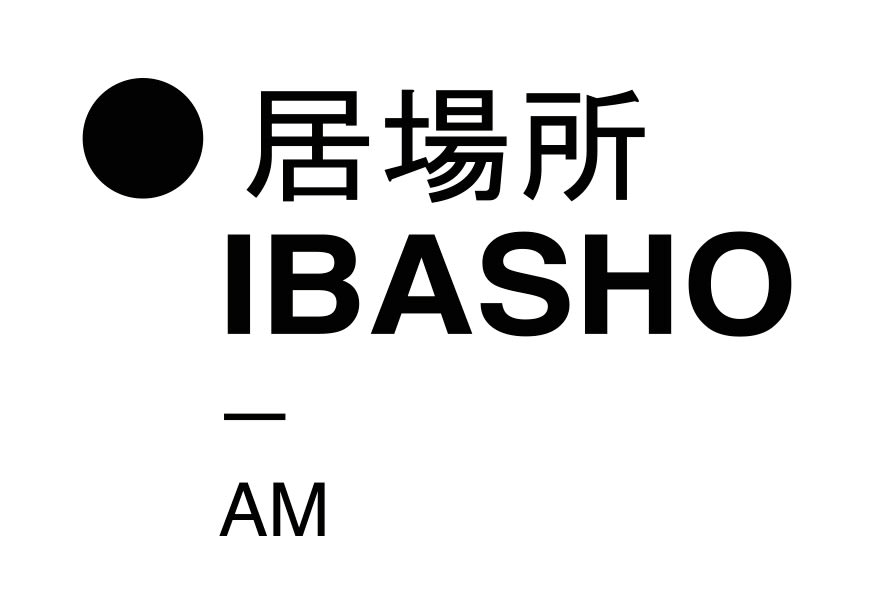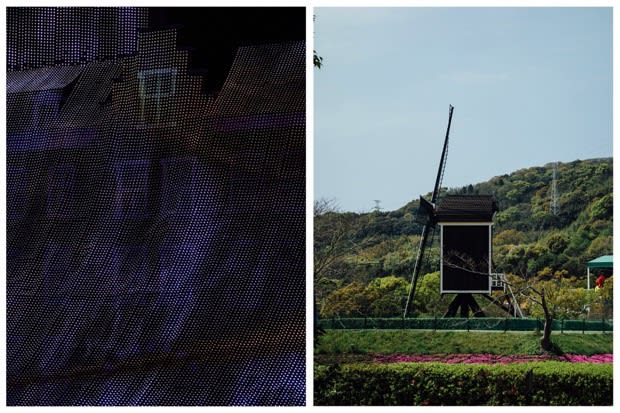With pleasure IBASHO announces the solo exhibition of OTANI NIEUWENHUIZE, a new collaboration of Japanese photographer Shinji Otani (1972) and Dutch photographer Johan Nieuwenhuize (1980). Shinji Otani and Johan Nieuwenhuize recognise a similar state of mind in each other’s work. They share a large overlap in working methods, but their concepts and fascinations differ a lot. Both lens-based artists walk the city and take their images instinctively and continuously. Both work from their own image archive and combine images made in different cities and from different periods. Otani works from a documentary perspective, Nieuwenhuize deals with his subject in an abstract manner.
The transactive memory theory shows us that people working in duo’s or groups build up a larger collective memory than do two individuals. When two friends walk a city they remember things selectively, subconsciously depending on the other to remember the other things for them. Shinji Otani and Johan Nieuwenhuize investigate the collective memory developing between the two of them, when they photograph the same subject at the same day.
With their project OTANI NIEUWENHUIZE, the artists look into Japanese and Dutch culture and into cultural tourism. Behaving as tourists themselves they photograph places where culture is being “consumed”. In the Netherlands they visited the Rijksmuseum in Amsterdam and De Efteling in Kaatsheuvel. In Japan they visited theme park Huis ten Bosch, the historic site of the former Dutch trading post Dejima, both in Nagasaki, and the shrines of Dazaifu Tenman-gū in Dazaifu on Kyushu.
After the successful presentation of the project in Japan, the thirty diptychs, consisting of sixty photographs, can be admired at IBASHO. A publication has been issued by Tique art publications. De publication consists of five magazines, one magazine per location with essays by neuropsychologist Robin van Emden and writer/photographic researcher, Taco Hidde Bakker. English version, five bundled magazines, 196 pages in total, edition of 400. A special limited edition is available in a Japanese handmade wooden box with two prints, signed and numbered by the artists. Both editions will be available during the exhibition.


